The Local Innovation Index (PII) was evaluated by WIPO experts on its calculation methods and models to confirm the reliability and transparency of the process.
PII (Provincial Innovation Index) is being developed nationwide by the Government under the direction of the Ministry of Science and Technology from 2023, aiming to provide an overall picture of the current status of socio-economic development models based on science, technology and innovation of each locality. The ranking results will be announced in January 2024.
The structure of the PII index set is designed with two groups of input indicators (5 pillars) and output indicators (2 pillars). Each pillar has groups with 52 component indicators. Data is collected from statistical reports, official management reports of central and local agencies; data from other index sets (Administrative reform; Provincial competitiveness; Digital transformation; Provincial governance and public administration efficiency).
According to Mr. Tran Van Nghia, Deputy Director of the Academy of Science, Technology and Innovation (Ministry of Science and Technology) - the unit that developed the index set, for international index sets in general, the necessary practice after building the index set is to conduct an independent assessment (audit). Typical indexes in the world such as: Global Innovation Index (GII), Environmental Performance Index (EPI), European Innovation Scoreboard (EIS), Global Talent Competitiveness Index (GTC), Industrial Competitiveness Efficiency (CIP) ... all go through the assessment process from the Joint European Research Institute (JRC) of the European Commission.
The Ministry of Science and Technology said that in addition to the technical advice of the World Intellectual Property Organization (WIPO), PII 2023 will also be independently evaluated by international experts introduced by this organization. These are international experts who evaluated when building the PII 2022 pilot. They are also experts who have been evaluating the GII and indicators of the United Nations, the European Commission, etc. for many years.
Accordingly, experts assessed the suitability of the index framework, data, methods, calculation models and other statistical analyses to check the transparency of the calculation process, the suitability between the index framework and data, the robustness, sensitivity and stability of the index set. The final assessment by experts aimed to check that the index set met the international quality standards in terms of statistics and methodology that had just been officially published.
![[Caption]The Vietnam - Korea Institute of Science and Technology (VKIST) displayed a series of solutions, notably a 3D imaging and printing system.](https://vstatic.vietnam.vn/vietnam/resource/IMAGE/2025/1/20/21d22272587542bb92f5c7175fec61d2)
3D imaging and printing system, a product of the Vietnam - Korea Institute of Science and Technology (VKIST), displayed at Techconnect 2023. Photo: Luu Quy
According to the Ministry of Science and Technology, the results show that the index framework and component indicators are appropriately designed, reflecting the current status of the measured objects. The steps of data processing, score calculation and ranking are all performed fully, accurately, transparently and reliably.
The pilot results also show that the local Innovation Index is robust enough to draw useful conclusions. The evaluation results also show that there are a few indicators that need to be considered when implementing them nationwide in the coming time. Annual review, review, and refinement of indicators to suit the context and objectives is also a common practice in building composite indicators.
Mr. Nghia emphasized that the development of a set of local indicators aims to provide a good set of tools, with scientific and practical basis for leaders at all levels to make decisions, develop and implement policies as well as provide valuable reference information for other subjects. Therefore, in addition to experts, the publishing unit also consults local opinions during the process of developing the index framework to ensure that the indicators accurately reflect the current situation of the locality, and during the data collection process.
The Local Innovation Index (PII) is considered a tool to measure capacity to support and promote local development. This is the first comprehensive, comprehensive index on local socio-economics to date.
Information on PII rankings of localities will be updated on the PII website hosted by VnExpress (see here ). In addition to the general rankings, readers can search for detailed information on the basic indicators of each province.
Nhu Quynh
Source link





![[Photo] Party and State leaders meet with representatives of all walks of life](https://vstatic.vietnam.vn/vietnam/resource/IMAGE/2025/8/24/66adc175d6ec402d90093f0a6764225b)
![[Photo] Phu Quoc: Propagating IUU prevention and control to the people](https://vstatic.vietnam.vn/vietnam/resource/IMAGE/2025/8/24/f32e51cca8bf4ebc9899accf59353d90)




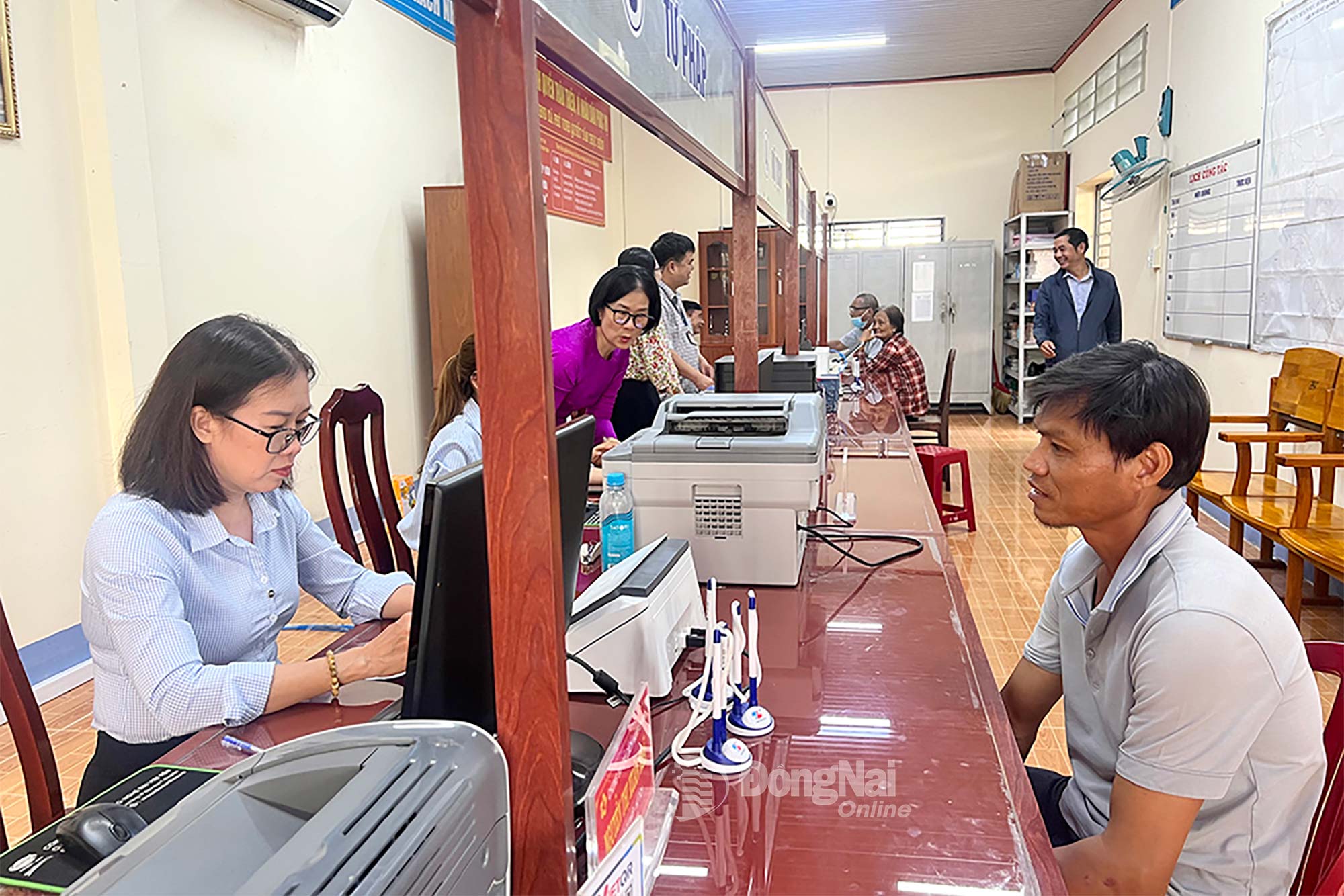





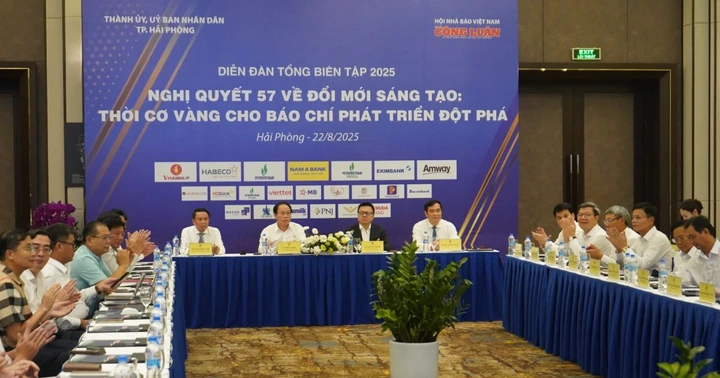




















































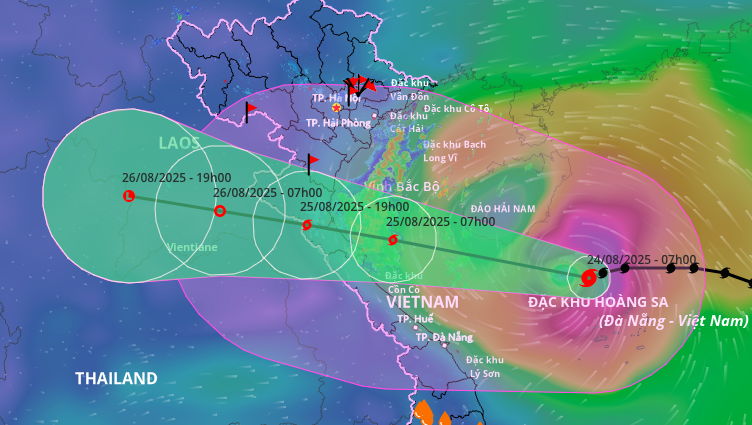















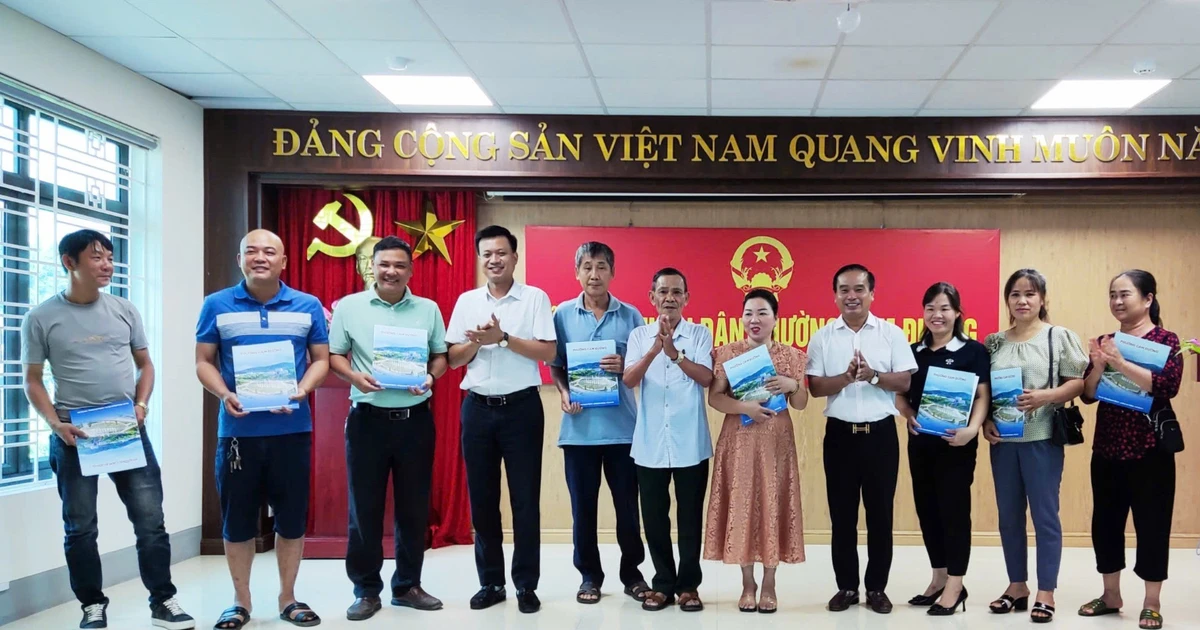

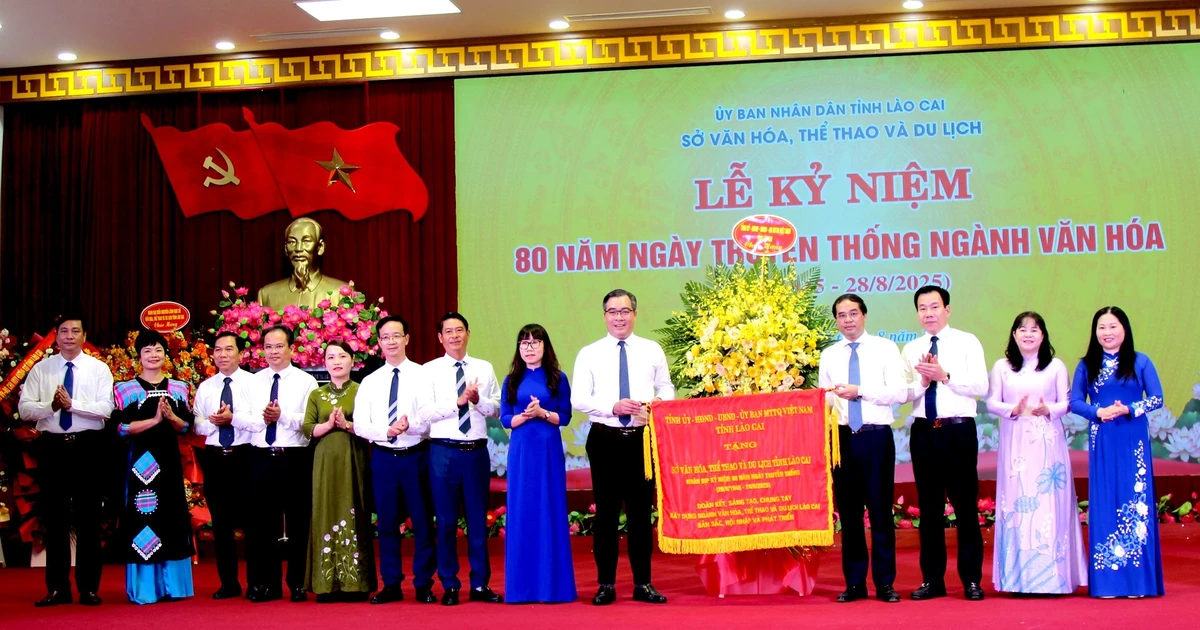
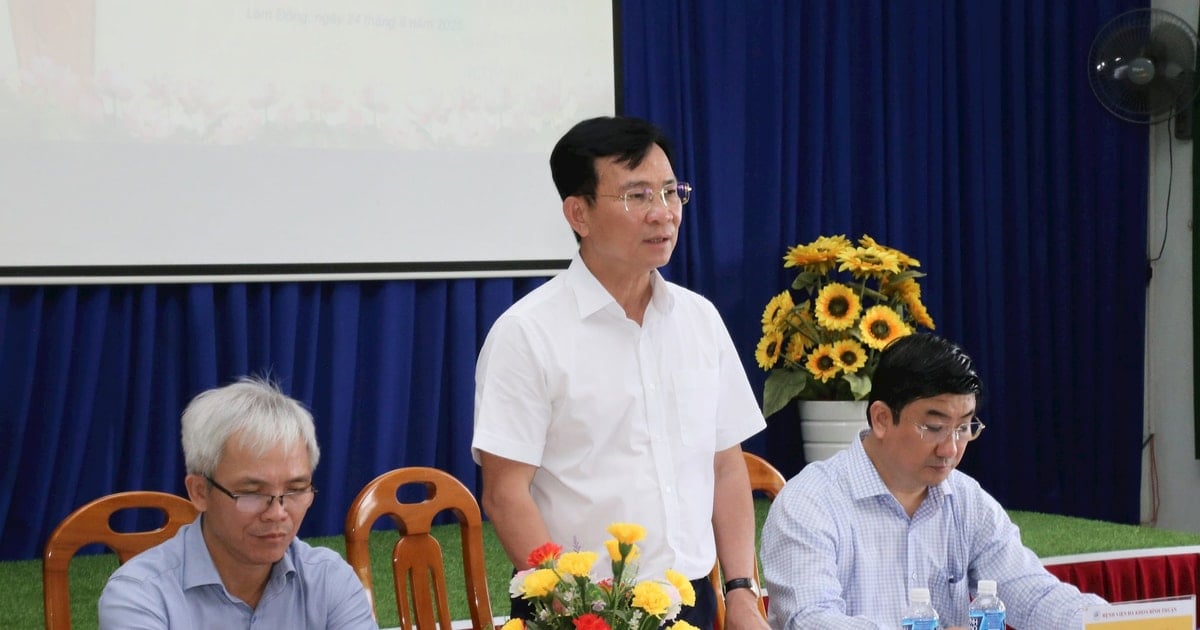
















Comment (0)